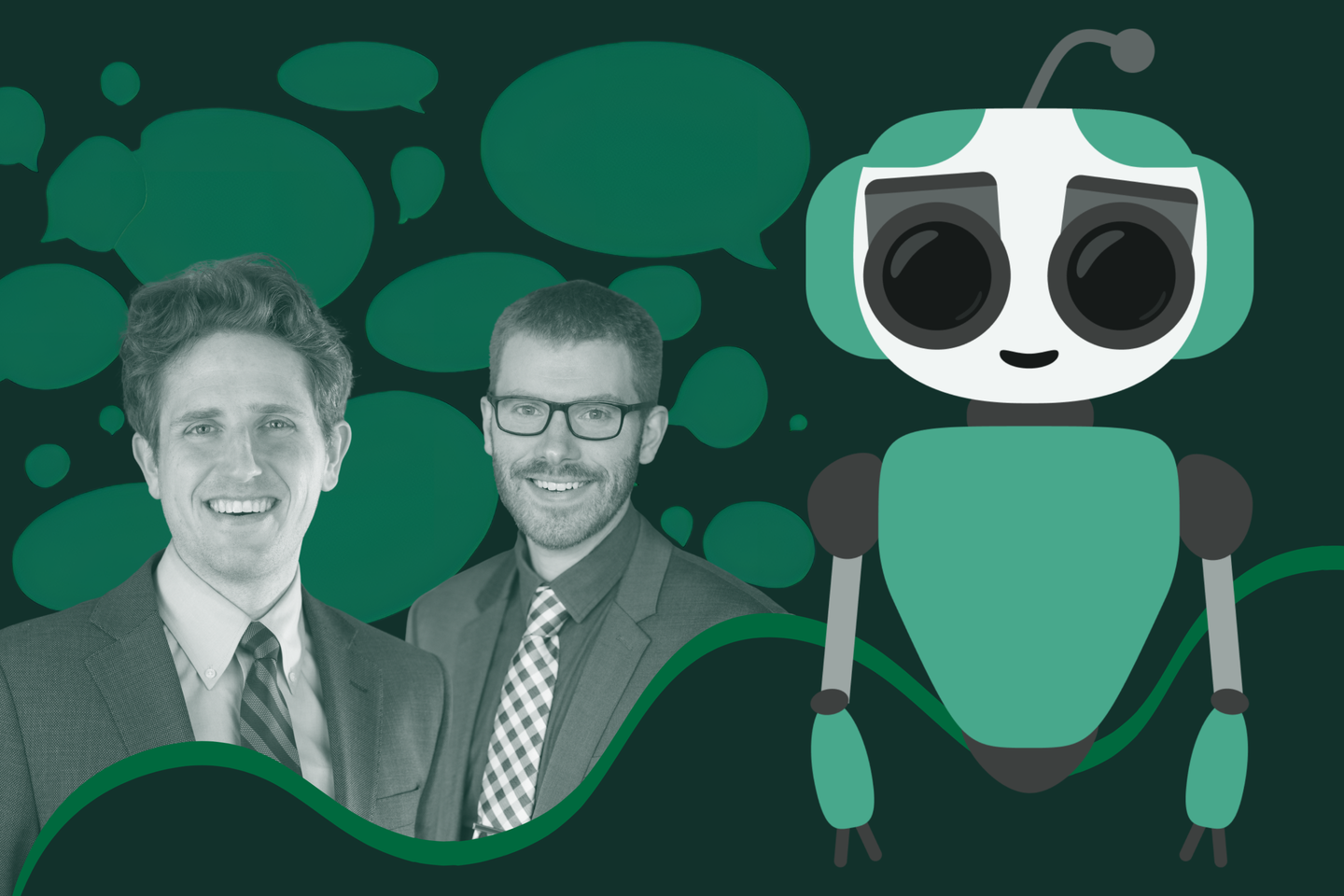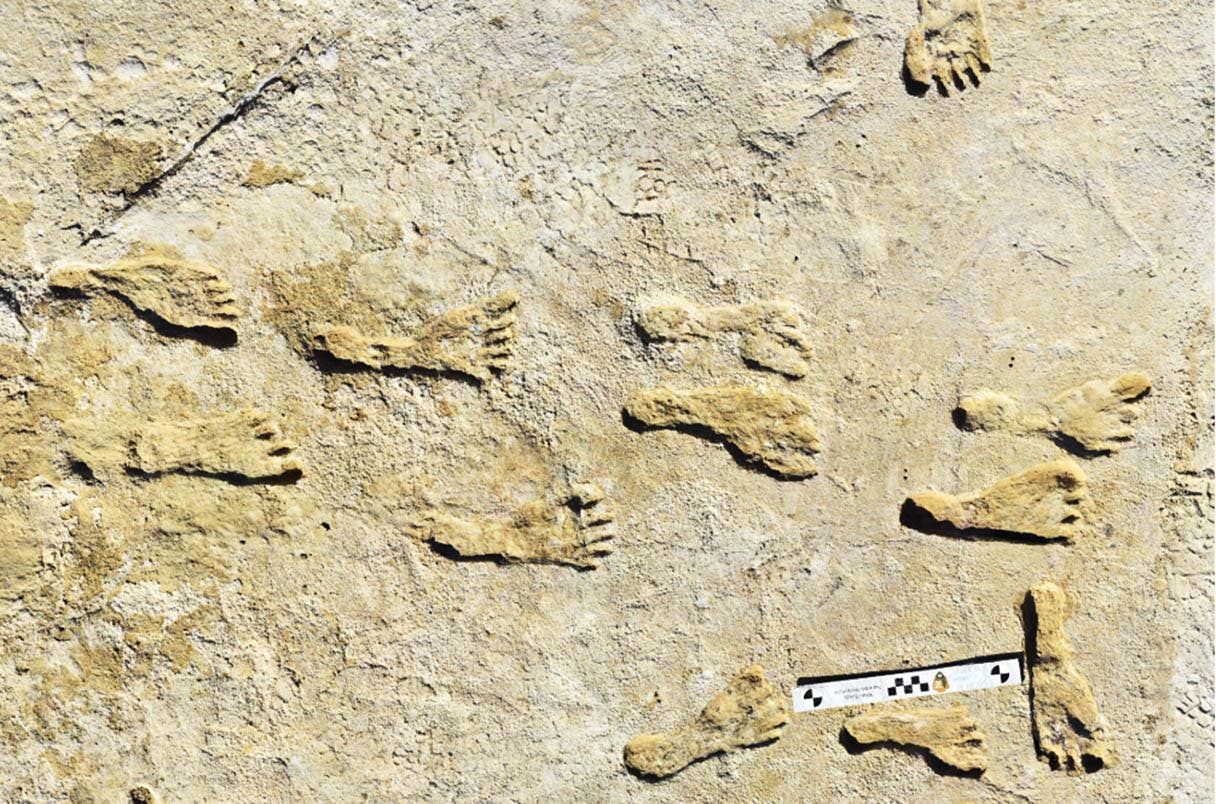Scientists discover protein that repairs heart muscle and regenerates failing organs
In the labs of the UNC at Chapel Hill, a scientific revelation unfolds with the potential to rewrite the fate of failing hearts everywhere.

[Dec. 8, 2023: JJ Shavit, The Brighter Side of News]
Scientists at the UNC School of Medicine have made a significant advance in the promising field of cellular reprogramming and organ regeneration. (CREDIT: Shutterstock)
In the labs of the University of North Carolina at Chapel Hill, a scientific revelation unfolds with the potential to rewrite the fate of failing hearts.
The innovative work of Dr. Li Qian and her team, as published in the acclaimed journal Cell Stem Cell, pivots on a revolutionary concept: coaxing scar tissue cells to reinvent themselves as vital heart muscle cells, a transformative process with implications that could ripple through the annals of medical history.
Imagine a heart, weary and weakened by the aftermath of an attack or the relentless progression of disease, being offered a second chance at health, not through transplants or artificial devices, but through its very own cells, reborn. This is not the plot of a science fiction novel; it’s the heart of Dr. Qian’s research, a synergy of cellular biology and regenerative medicine that may soon set the stage for treatments that were once deemed the stuff of dreams.
At the core of this research are two proteins, previously thought to hold sway solely over the realm of neuron creation. Ascl1, a gene activity-controlling protein, had earned its stripes in guiding fibroblasts to become neurons.
Related Stories
But Qian’s team has unveiled its surprising dual identity—it is also a master sculptor of heart muscle cells, particularly when paired with its potent partner, Mef2c.
The study that has sent ripples through the scientific community commenced with an ambitious objective: to catalog the metamorphosis of fibroblasts—cells that contribute to scar formation and the stiffening of heart tissues—into three different cell types. It was during these meticulous observations that the unexpected role of Ascl1 emerged, a twist in the tale that piqued the curiosity of Qian and her colleagues, including Haofei Wang, PhD, and MD/PhD student Benjamin Keepers, who share the accolade of co-first-authors on the paper.
Delving deeper, they amalgamated Ascl1 with the cocktail of transcription factors they had been using to prompt the creation of cardiomyocytes. The result was a staggering leap in efficiency, a more than tenfold surge in the success rate of reprogramming. In this cellular alchemy, two of the three initial factors could be set aside, leaving Ascl1 and Mef2c to conjure heart muscle cells from the fibroblast lineage.
Human fibroblasts reprogrammed into cardiomyocyte-like cells. Immunofluorescence shows different molecules: DNA (blue), cardiac Troponin T (orange) and αActinin (green). (CREDIT: UNC Health)
The implications of this finding extend far beyond the lab. “Reprogramming fibroblasts has long been one of the important goals in the field,” said Qian, outlining the vision of transforming fibroblasts, whose overactivity spells disaster for organs, into agents of healing.
Her aspiration, shared by her team, is audacious yet grounded in painstaking research—to create a synthetic two-in-one protein, amalgamating the most effective fragments of Ascl1 and Mef2c. This protein could, theoretically, be introduced directly into failing hearts, kickstarting a process of internal repair that could change the prognosis for patients burdened by heart conditions.
Ascl1 and Mef2c induce cardiac reprogramming with high efficiency and maturity. (CREDIT: UNC Health)
But the road from bench to bedside is long and winding. The promise of Qian’s discovery now must navigate the rigorous avenues of further research, clinical trials, and regulatory approval. Yet, there’s an air of cautious optimism among the scientists at UNC, a sense that they stand on the precipice of a new era in medicine—an era where the damaged heart is not merely patched or propped up but restored to its own innate rhythm and vigor.
The quest to mend broken hearts with cellular alchemy is more than a tale of scientific curiosity; it is a narrative of hope, a testament to the relentless pursuit of knowledge, and an ode to the resilience of the human spirit. As this story unfolds, it beckons us to imagine a future where the heartache of cardiovascular disease might be eased, not by the hand of fate, but by the ingenuity of science.
From left: Haofei Wang, PhD, Li Qian, PhD, and Benjamin Keepers, who won an Art in Science prize in 2021. (CREDIT: UNC Health)
“Cross-lineage Potential of Ascl1 Uncovered by Comparing Diverse Reprogramming Regulatomes” was co-authored by Haofei Wang, Benjamin Keepers, Yunzhe Qian, Yifang Xie, Marazzano Colon, Jiandong Liu, and Li Qian.
Funding was provided by the American Heart Association and the National Institutes of Health (T32HL069768, F30HL154659, R35HL155656, R01HL139976, R01HL139880).
Note: Materials provided above by The Brighter Side of News. Content may be edited for style and length.
Like these kind of feel good stories? Get the Brighter Side of News' newsletter.
Joseph Shavit
Head Science News Writer | Communicating Innovation & Discovery
Based in Los Angeles, Joseph Shavit is an accomplished science journalist, head science news writer and co-founder at The Brighter Side of News, where he translates cutting-edge discoveries into compelling stories for a broad audience. With a strong background spanning science, business, product management, media leadership, and entrepreneurship, Joseph brings a unique perspective to science communication. His expertise allows him to uncover the intersection of technological advancements and market potential, shedding light on how groundbreaking research evolves into transformative products and industries.



